Coffee Processing And Drying (The Latest Method And Comparison With Other Methods)
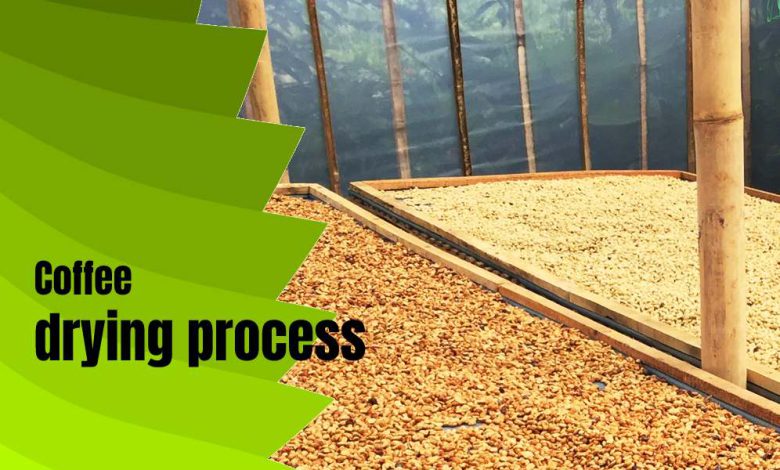
After harvesting the cherries, the coffee drying process is one on the main steps that allow producers to remove moisture from the green beans, and finally sell their products in the market.
There are two main ways for drying coffee. The first is to spread beans outside under sunshine on a raised bed. The other way is to use mechanical dryers with modern control systems.
The process can preserve the quality of coffee and for this reason is very important in coffee producing industry.
The two defining factors in having best coffee bean, produced after drying, are airflow and temperature.
They can reduce the moisture inside the beans and let them to preserve their quality for a long time.
The limits for the temperature in drying process in important, and for example, it shouldn’t be more then 40 to 45 C.
Some coffee producers also recommend to keep temperature constant for a certain period of time to have a get a better result in coffee drying process.
If you’re interested to learn more about the process, let’s dive a bit more in the best drying conditions, like humidity, moisture and temperature, and discuss about different approaches to dry coffee beans:
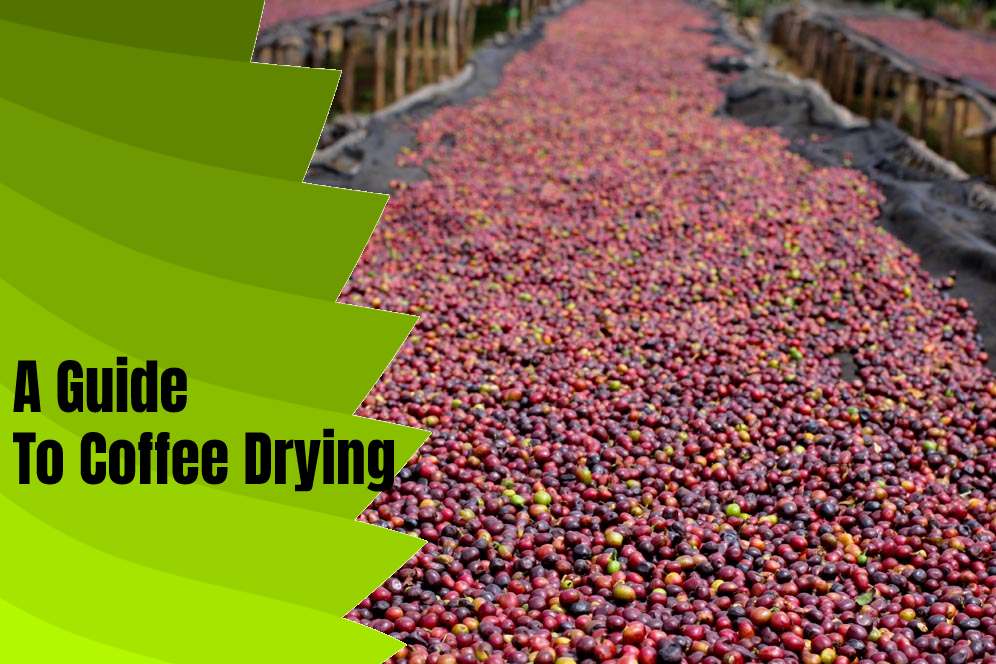
Contents
- 1 Processing coffee refers to what?
- 2 Moisture level and its change in the coffee drying process
- 3 How long does it take to dry the coffee?
- 4 mechanical coffee dryer
- 5 How to dry coffee beans at home
- 6 How to dry coffee beans in the oven
- 7 What are the risks of the coffee drying process under sunshine?
- 8 can coffee compound change in the coffee drying process?
- 9 Is the natural coffee drying process the best approach?
- 10 Modern coffee drying processes
- 11 The time and labor for coffee drying process
- 12 So, we have washed coffee and sun-dried coffee in the market?
- 13 What does “washed” mean in the coffee drying process?
- 14 Can we have flavor defects in the coffee drying process?
- 15 Final thought
Processing coffee refers to what?
Processing coffee means changing the form and characteristics of coffee beans from the raw stage to the final product. This process involves various stages, including drying, roasting, grinding, packaging, and quality testing. The primary goal of coffee processing is to enhance the aroma, flavor, and overall quality of the coffee beans so that they are suitable for use in coffee makers or other methods. As a result, coffee processing can contribute to the production of high-quality coffee with different flavors.
Moisture level and its change in the coffee drying process
In general, it is possible to pre-dry coffee beans under the sun to reduce their moisture content. Subsequently, employing mechanical dryers makes it easier to complete the process and achieve the desired moisture level with greater precision.
The moisture content of coffee beans plays a pivotal role throughout the process. Prior to drying, the moisture level can range from 40 to 60 percent. However, it should be reduced to a specific level, approximately 10 percent.
How long does it take to dry the coffee?
Drying coffee is the most time-consuming step in the coffee production industry, following the harvest of the crops. This implies that the coffee drying process can become a bottleneck in post-harvest activities.
Several factors, such as the processing method and weather conditions, can significantly influence the time required for drying the beans.
If you opt for sun drying, both semi-washed and washed coffee may take approximately one week to nine days to reduce their moisture content.”
read more: How To Grow A Coffee Plant At Home
Drying process in humid conditions
In humid conditions, moisture struggles to escape from the coffee beans. Consequently, achieving the desired results becomes challenging.
Hence, rotary dryers or drum-sized equipment is recommended in the market, as they facilitate the effective removal of moisture from the beans.
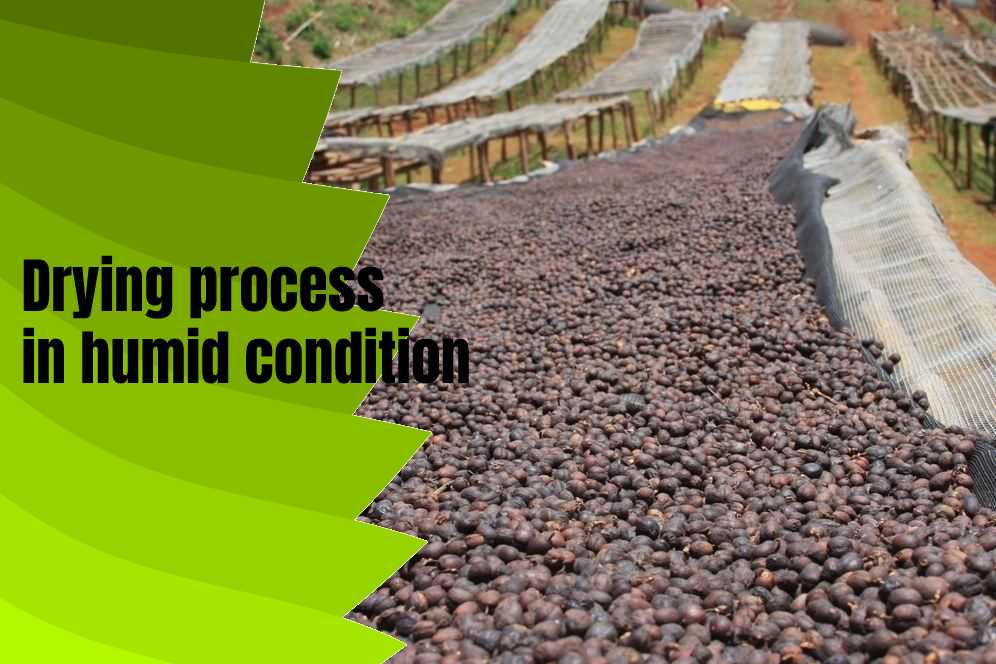
mechanical coffee dryer
A mechanical coffee dryer is a machine used to dry coffee beans. It is usually used in the production of roasted coffee, and it is used to reduce the moisture content of the beans to a level that is suitable for roasting. The dryer works by circulating hot air over the beans, which evaporates the moisture and reduces the beans’ moisture content. The dryer can be used to dry both green and roasted beans, and it is typically used in combination with other equipment such as a roaster and a cooler.
How to dry coffee beans at home
- Spread the coffee beans on a baking sheet in a single layer.
- Place the baking sheet in a warm, dry place with plenty of air circulation.
- Allow the beans to dry for 1-2 days, stirring them occasionally.
- Check the beans periodically to ensure they are drying evenly.
- Once the beans are dry and brittle, remove them from the baking sheet and store in an airtight container.
How to dry coffee beans in the oven
- Preheat the oven to 200 degrees Fahrenheit.
- Spread the coffee beans out in a single layer on a baking sheet.
- Place the baking sheet in the oven and set a timer for 15 minutes.
- After 15 minutes, remove the baking sheet from the oven and stir the beans.
- Place the baking sheet back in the oven and set the timer for another 15 minutes.
- Repeat this process until the beans are dry and brittle. This may take up to an hour.
- Allow the beans to cool before storing them in an airtight container.
What are the risks of the coffee drying process under sunshine?
Some say that improper manual coffee drying is a great problem in the sun drying process.
The limits imposed by weather conditions or animal contamination are other risks involved in this process.
Uncontrolled fermentation of coffee beans is another notable factor that can have an adverse effect on the quality of coffee.
can coffee compound change in the coffee drying process?
Yes. It happens when the drying is not as fast as it should be. After breaking the microorganisms, compounds in the beans will change and will have an adverse effect on the quality or flavor of the final drink after brewing.
What is the impact of improper manual drying?
If the coffee beans are not turned properly, it is very likely to have uneven exposure to airflow or temperature.
So, proper manual drying is very important in having high-quality beans.
Is the natural coffee drying process the best approach?
Different baristas have different ideas about the best approaches for drying coffee beans. While some may love it, others may say that they hate natural dried beans.
So, you need to try both of them to find out about the flavor and the quality of different approaches.
how to get the best result in the natural coffee drying process?
Remember that proper handling of the drying process, as we mentioned above, has a great impact on the quality of the final coffee.
So, preventing beans from being contaminated outside, even exposure to sunlight, allowing moisture to escape the beans, and having good weather conditions can have a great effect on the quality of beans after natural drying under sunshine.
Do sun-dried beans have a better flavor?
Definitely, if the producers provide the best conditions for the drying process under sunshine, it adds flavor to the beans, and the sweetness or the fruitiness of the final flavor will improve.
Flavor notes like strawberry, blueberry, and tropical fruits note are the best notes that as a coffee lover, you want to have in your cup of coffee.
On the flip side, an alcoholic note or fermented flavor which is wild can make your drink taste like red wine.
If you like wild flavor and fermented notes, natural dried beans are the perfect choice. It opens your mind and helps you to enjoy your drink.
What are the advantages of mechanical dryers?
In natural approaches, by using sunshine to remove moisture, uncontrolled conditions may affect the quality of coffee. So, mechanical dryers, due to their accuracy in removing moisture, are recommended equipment for removing moisture.
They don’t delay the drying process and can improve the precision of the process.
So, if there is a fear or any anxiety about the unpredictable conditions or adverse effects of change in weather conditions, purchasing a mechanical dryer is the best way to have coffee beans dried.
Modern coffee drying processes
In modern coffee driers, by using advanced control systems, it is easier to control the process to reach the best result!
For example, producers can easily control the temperature in the system.
Can coffee drier improve the consistency of coffee beans?
For sure, with the new advances in producing coffee drying equipment, the risks involved in the process are much lower and help the consistency of coffee beans to increase significantly.
Which coffee drying process is better?
We can compare the approaches by considering several factors. The cost of each approach, the time that is required for drying coffee beans, and finally the taste of the final drink are important for evaluating each approach and you need to learn more about them.
Cost of mechanical dryers
To use a mechanical dryer, producers need to invest money to purchase the equipment. It needs fuel as well.
But, natural drying needs labor and proper handling. It does not need investment to buy mechanical dryers.
The time and labor for coffee drying process
The second approach and using mechanical dryers by control system, reduces the time or labor that is required for coffee drying process.
It means that coffee producing team will have more time to harvest and process the crops.
Precision of process
New technologies allow us to increase the accuracy and precision of the coffee drying process by controlling several variables.
Does it mean that natural drying is not good?
No. Natural drying is still a suitable option for many coffee producers.
So, we can see that drying on raised beds is still the best approach in some coffee-producing regions.
Especially, if final consumers prefer to have their coffee made with beans that are sun-dried, it is better to brew coffee with the type of processed beans that they wish.
Why do we need processing after harvesting coffee?
Coffee is a product that is obtained from the fruits of a bush (or tree) that grows in several countries in Asia, Africa, Central, and South America.
The fruit has a skin or pulp. So, it is important to remove them.
Washing and sun drying are two common approaches for removing the pulp or skin as well as the moisture inside the seeds.
So, we have washed coffee and sun-dried coffee in the market?
what moisture level should coffee be dried to Coffee should be dried to a moisture level of approximately 10–12%.
What does “washed” mean in the coffee drying process?
If the water is being used to help producers remove the skin before drying, it is called washed process.
Is it unnatural?
No, usually in the washing process, coffee producers do not use anything to be considered unnatural.
So, the coffee from each approach is not better or worse in terms of health benefits.
Can we have flavor defects in the coffee drying process?
Yes. Especially, in the sun drying process, it is important to rake and turn the beans to prevent bruising and flavor defects in the final product.
How long do we need to wait for coffee to dry?
To dry coffee to quickly or slowly means that you will defect the final flavor of the cup of drink.
Based on the approach, the required time is not the same. In the sun drying process, it may take 2 to 3 weeks. It may even take up to 6 weeks to dry the beans.
But, in the washing process, it takes less than two weeks to remove the moisture from the beans.
It is worth mentioning that new technologies help us a lot to control the process. They reduce the required time for removing the moisture.
Final thought
Coffee is an important part of our daily diet. Therefore, it is important to learn about its growing condition, production, and processing after harvesting the crop.
In this article, we had a look at the main approaches that are used to remove the moisture from coffee beans.
As we mentioned above, in term of health benefits, there is no great difference between different approaches. But, the final taste of coffee that you drink depend on the way that moisture is removed from coffee bean.
So, you need to compare the flavor and notes of different kind of coffee to find the best approaches that gives you a better cup of coffee.
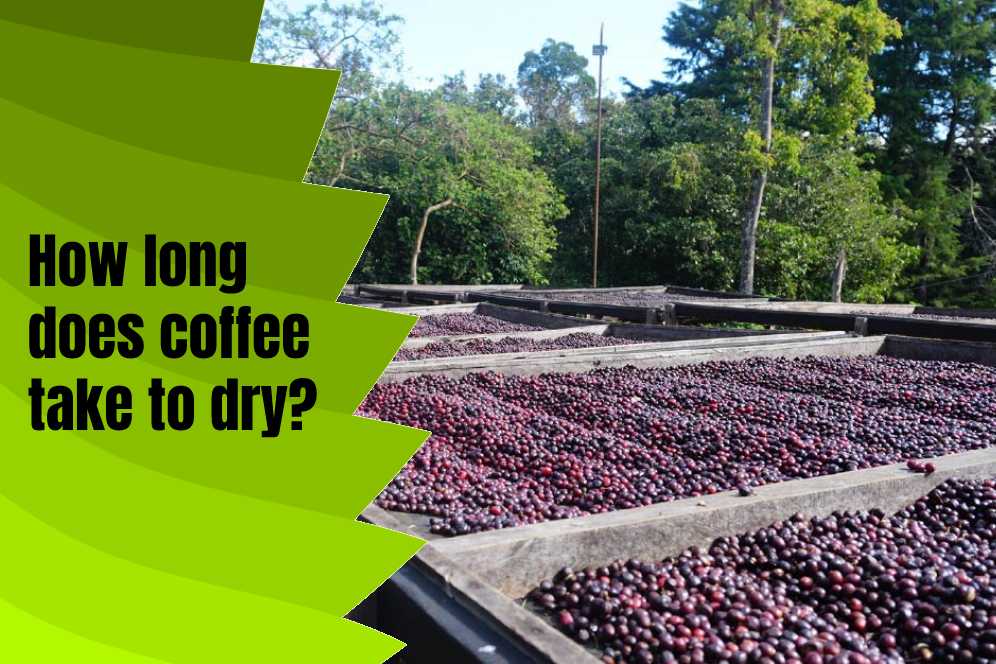
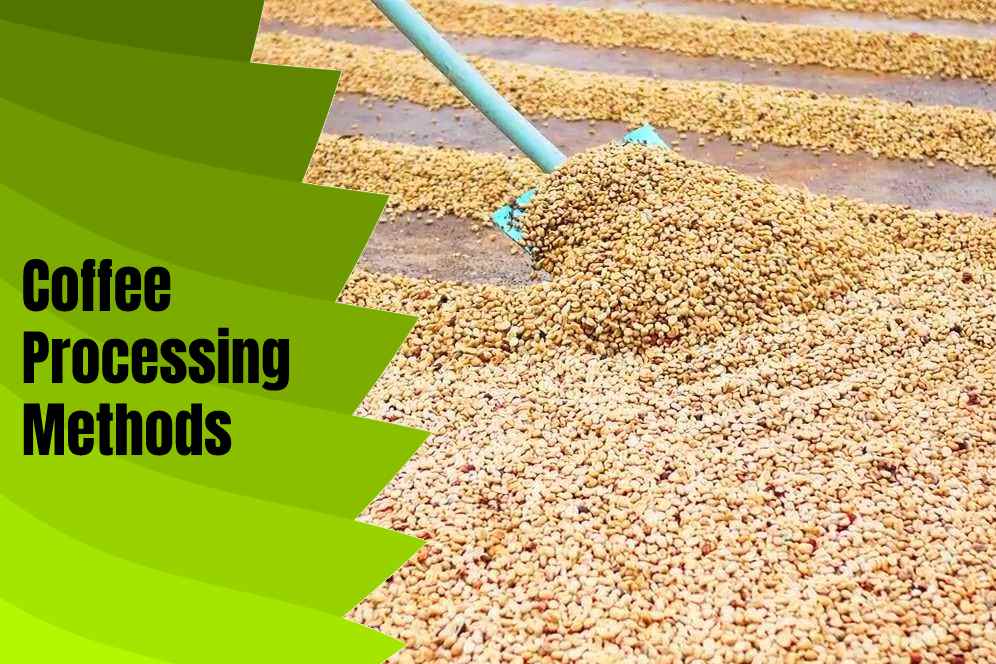
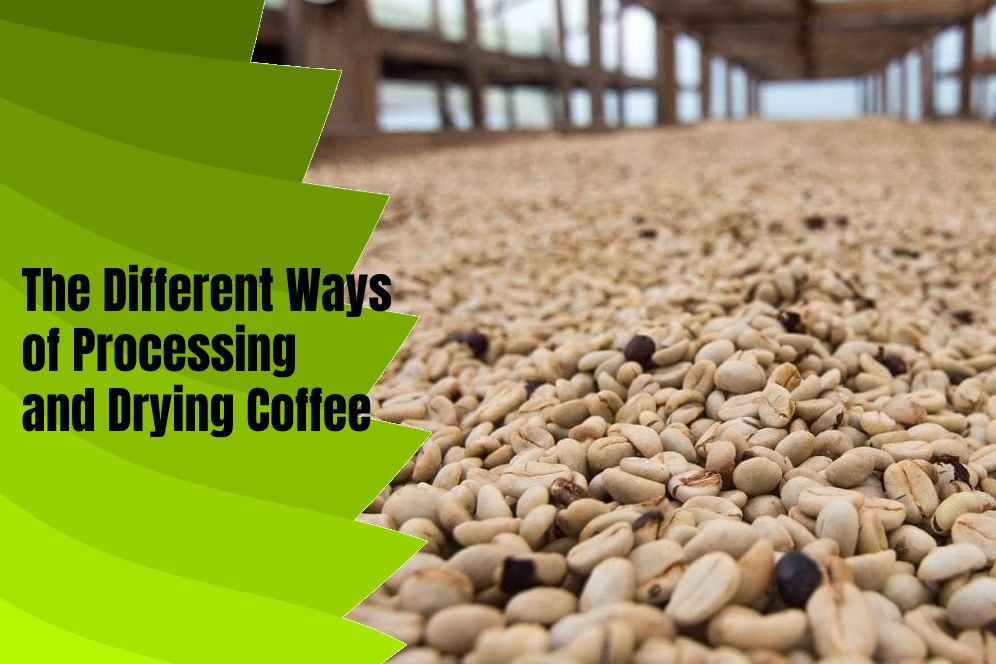
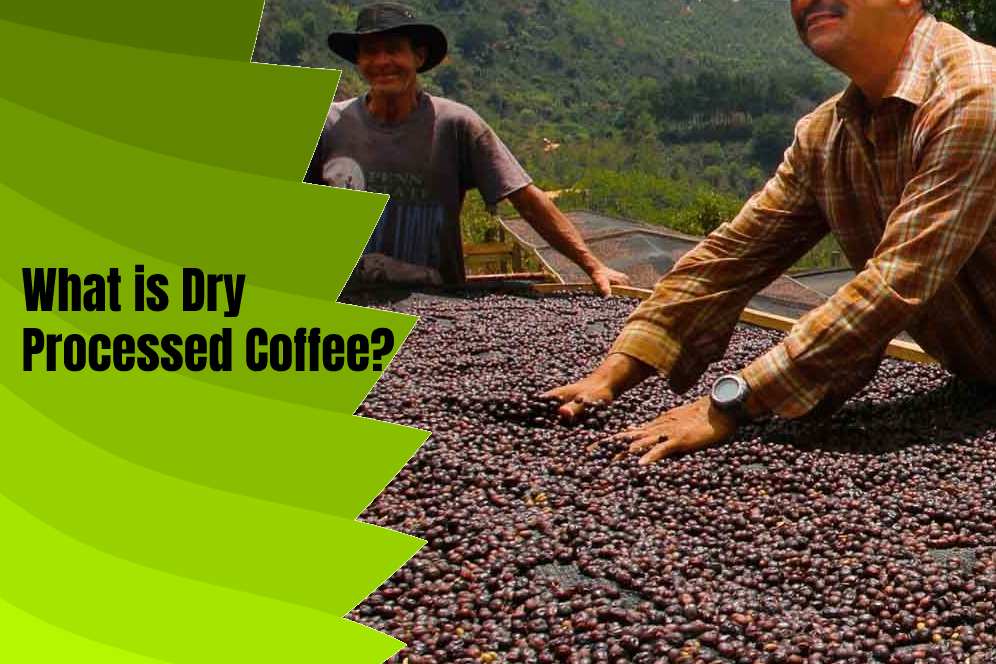


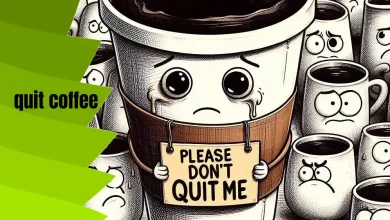

It is really a complicated and interesting process